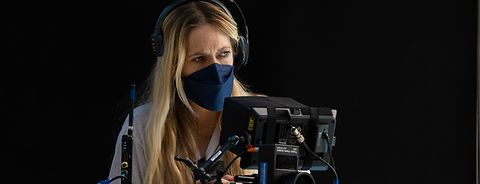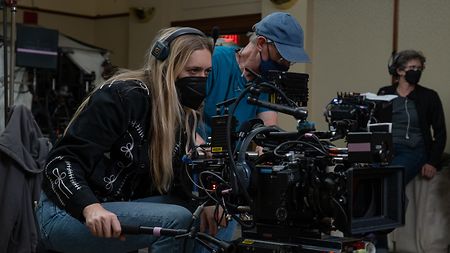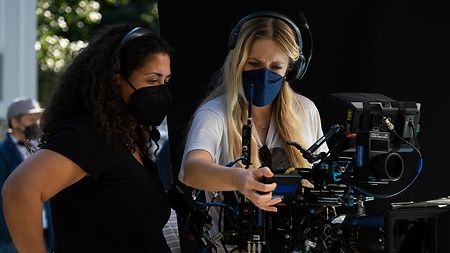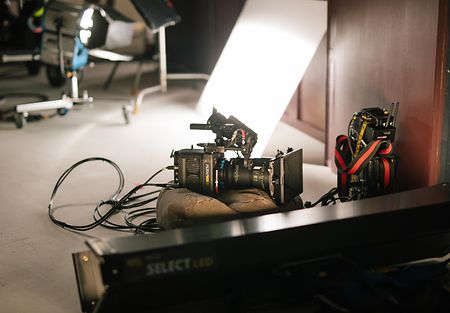Cristina Dunlap, the talent behind the lens of Amazon MGM Studios’ “American Fiction,” sat down with ARRI to talk about her journey from a 16-year-old photography enthusiast to the director of photography for the critically acclaimed film. Just recently, "American Fiction" was nominated for the Oscar in five categories, including Best Picture. Dunlap’s creative vision was also recognized at the 2023 Toronto International Film Festival, where “American Fiction” earned the People’s Choice Award, underscoring the film’s impactful narrative and visual storytelling. The film also received two nominations at the Golden Globes and five nominations at the 29th Critics Choice Awards, including Best Picture.
Dunlap’s career trajectory is the stuff of a Hollywood script. Her entry into the industry occurred in “a weird way,” starting with a chance meeting. “I met a director at Venice Beach through some friends. He said he was shooting a music video, and I said I was a photographer. From that conversation, he invited me to the video’s set to come take pictures, and to my surprise, it ended up being a real music video for Death Cab for Cutie, who was big at the time.”
It was there on Dunlap’s first professional film set that she discovered the role of a DP and decided to pursue it as a career. Dunlap split her time between two days of community college classes a week and working as a production assistant on as many productions as possible.
Her passion for the art of cinematography was fueled by her hands-on experience on various sets, learning about lighting and equipment from gaffers and grips, and keeping a detailed diary of the lighting setups she witnessed. Dunlap’s attention to detail eventually paid off, resulting in promotions to coordinator and shortly thereafter, production manager. From those promotions and elevated responsibility on set, Dunlap gained invaluable insights into gear, equipment, and best practices on set.
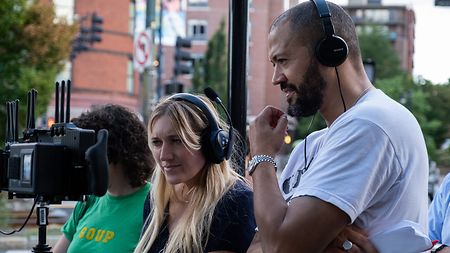
DP Dunlap and “American Fiction” director Cord Jefferson connected on vision almost immediately
After two years of splitting her time between community college classes and working, Dunlap transferred to USC’s film school, continuing to work while finishing her education. The years following her graduation from USC’s film school saw her work diligently on a variety of sets, continuing to build a robust resume of work as an operator while maintaining and developing connections along the way. She credits producer Melissa Larsen with nurturing her aspirations, providing opportunities to operate cameras, and encouraging her to build her body of work through music videos and commercials that eventually became her showreel.
Dunlap’s break into “American Fiction” came somewhat serendipitously through a connection she developed on a music video set. Despite not having much correspondence with this connection, Dunlap was one of a few cinematographers shortlisted to meet with the film’s first-time director, Cord Jefferson. Dunlap was the first cinematographer that Jefferson met with, and her passion for the project was evident from the start, as the script immediately inspired her with vivid images. She compiled a lookbook that perfectly aligned with Jefferson’s vision, securing her role as the DP.
